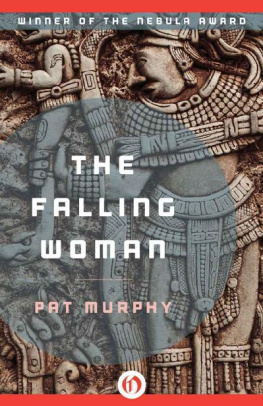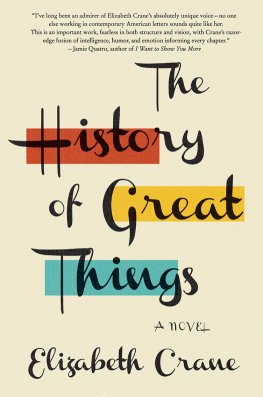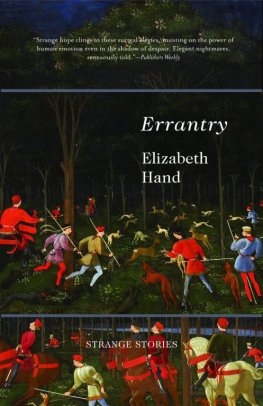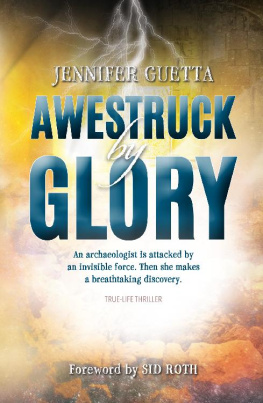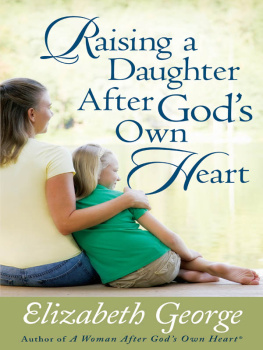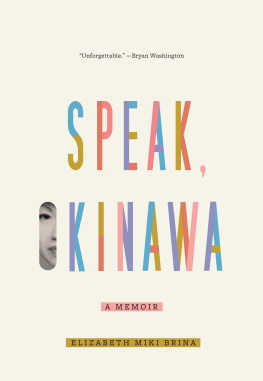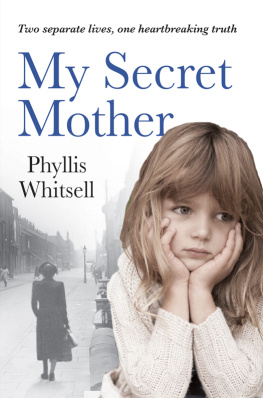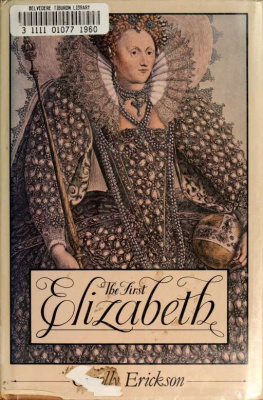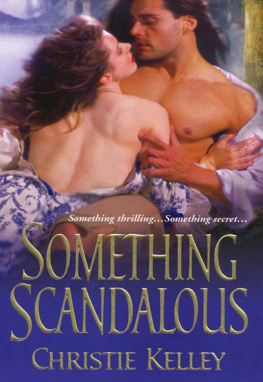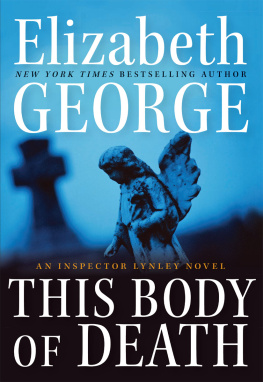
EARLY BIRD BOOKS
FRESH EBOOK DEALS, DELIVERED DAILY
BE THE FIRST TO KNOW ABOUT
FREE AND DISCOUNTED EBOOKS
NEW DEALS HATCH EVERY DAY!

PRAISE FOR THE WRITING OF PAT MURPHY
The Falling Woman
Winner of the Nebula Award for Best Novel
A lovely and literate exploration of the dark moment where myth and science meet. Samuel R. Delany
Murphys sharp behavioral observation, her rich Mayan background, and the revolving door of fantasy and reality honorably recall the novels of Margaret Atwood. Publishers Weekly
Murphys convincing modern setting is a marvelous foil for her frighteningly alien Mayan ghost, and the archeological material, besides being fascinating in its own right, is put to excellent use in the plot. Newsday
The City, Not Long After
A grand adventure. San Francisco Chronicle
In Ms. Murphys skillful hands, the showdown between art and power takes on mythic dimensions . No one comes out of this confrontation unchanged, including the reader. The New York Times Book Review
Points of Departure
There is something of Borgess absurdist fables and of the fey, fog-haunted feel of Celtic myth to [Points of Departure]. This collection reverberates with the sound of the authors unmistakable voice, a poetic blend of the everyday and the never-never. Elle
Brilliant, passionate, and dangerous as only the clearest visions can be Murphy creates seamless blends of ideas and emotions, holistic works where genres mingle so the reader does not stop to ask if this is sf, fantasy, or horror . These tales unite the power of a force of nature with the subtlety of the human heart. Locus
Wild Angel
A charming adventure. The Denver Post
A delightful cross-genre mix with elements of mystery, western and fantasy/adventure infused with a feminist sensibility. Rambles.net
Faithful to the spirit of Edgar Rice Burroughs Tarzan tales and Rudyard Kiplings Jungle Book, this [is the] story of a young girls courage and resourcefulness. Library Journal
Adventures in Time and Space with Max Merriwell
Set on a cruise ship that blithely steams through the Bermuda Triangle, this savvy romp buttresses its nonstop action with quantum-mechanical insights into the nature of the universe and postmodern noodling about the nature of writing and reading. The New York Times Book Review
This cerebral equivalent of a roller-coaster ride is replete with absorbing ponderings on the nature of reality and the nature of the novel . The questions of who is in charge, who is real and whether the answers to those questions matter will leave readers pleasantly dizzy. Publishers Weekly
A paean to the potentialities of imagination, foaming quantum uncertainties, and the sheer plasticity of human reality. Analog Science Fiction and Fact
The Shadow Hunter
The clash of prehistoric shamanic traditions with future technology makes for a gripping talethe first novel written by this Nebula Award-winning author. Publishers Weekly
The Falling Woman
Pat Murphy

For my mother,
a remarkable woman who taught me many things, and
For Richard,
who swam with me in the sacred cenote at Dzibilchaltn
Contents
This is the true account, when all was vague, all was silence, without motion and the sky was still empty. This is the first account, the first narrative. There was neither man nor beast, no bird, fish nor crab, no trees, rocks, caves nor canyons, no plants and no shrubs. Only the sky was there.
Popol Vuh of the Quich Maya
Notes for City of Stones
by Elizabeth Butler
There are no rivers on Mexicos Yucatan peninsula. The land is flat and dry and dusty. The soil is only a few feet deep, a thin layer of arable land over a shelf of hard limestone. The jungle that covers the land is made up of thin-leafed trees and thorny bushes that turn yellow in the long summer.
There are no rivers, but there is water hidden deep beneath the limestone. Here and there, the stone has cracked and cool water from beneath the earth has reached the surface and formed a pool.
The Maya called such pools tsnotan abrupt, angular sort of a word. The Spanish conquerors who came to the Yucatan softened the word. Cenotes, they called these ancient wells. Whatever the name, the water is cold; the pools are deep.
Hidden beneath the water are fragments of the old Mayan civilization: broken pieces of pottery, figurines, jade ornaments, and bits of bonesometimes human bone. In the mythos of the Maya, the cenotes were places of power belonging to the Chaacob, the gods who come from the worlds four corners to bring the rain.
Dzibilchaltn, the oldest city on the Yucatn peninsula, was built around a cenote known as Xlacah. By Mayan reckoning, people settled in this place in the ninth katun. By the Christian calendar, that is about one thousand years before the death of Christ. But Christian reckoning seems out of place here. Despite the efforts of Spanish friars, Christianity sits very lightly on the land.
The ruins of Dzibilchaltn cover over twenty square miles.
Only the central area has been mapped. One structure, a box-shaped building on a high platform, has been rebuilt. Archaeologists call this building the Temple of the Seven Dolls because seven doll-sized ceramic figures were found buried in its floor. Archaeologists do not know what the ancient Maya called the building, nor what the Maya did in this temple.
The Temple of the Seven Dolls offers the best view of the surrounding areaa monotonous expanse of thirsty trees and scrubby bushes. Near the Temple of the Seven Dolls, the jungle has been cleared away, and mounds of rock rise from the flat land. Fragments of walls and sections of white limestone causeways are barely visible through the grass and soil. The view would be bleak were it not for the enormous sky, an unbroken expanse of relentless blue.
Do not look for revelations in the ancient ruins. You will find here only what you bring: bits of memory, wisps of the past as thin as clouds in the summer, fragments of stone that are carved with symbols that sometimes almost make sense.
Chapter One: Elizabeth Butler
I DIG THROUGH ANCIENT TRASH, I told the elegantly groomed young woman who had been sent by a popular womens magazine to write a short article on my work. I grub in the dirt, thats what I do. I dig up dead Indians. Archaeologists are really no better than scavengers, sifting through the garbage that people left behind when they died, moved on, built a new house, a new town, a new temple. Were garbage collectors really. Is that clear? The sleek young womans smile faltered, but she bravely continued the interview.
That was in Berkeley, just after the publication of my last book, but the memory of the interview lingered with me. I pitied the reporter and the photographer who accompanied her. It was so obvious that they did not know what to do with me.
I am an old woman. My hair is gray and brownthe color of the limestone monuments raised by the Maya one thousand years ago. My face has weathered through the yearsthe sun has etched wrinkles around the eyes, the wind has carved lines. At age fifty-one, I am a troublesome old woman.
Next page
